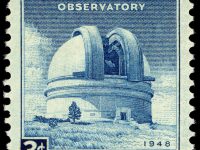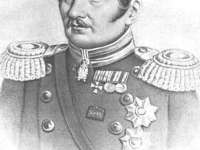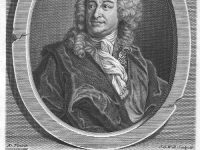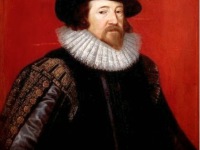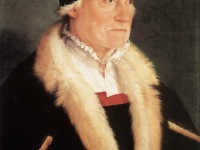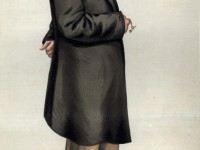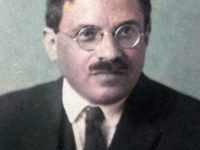The Hale Telescope at Palomar Observatory
On January 26, 1949, the Hale telescope at Palomar Observatory sees first light under the direction of Edwin Hubble,[4] becoming the largest aperture optical telescope (until BTA-6 was built in 1976). George Ellery Hale George Ellery Hale was a solar astronomer, who was born and grew up in Chicago, Illinois [5]. He studied at MIT, Harvard and in Berlin. He is mostly known for his invention of the spectrohelioscope during his time at…
Read more

